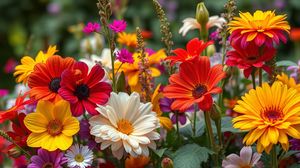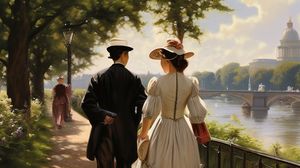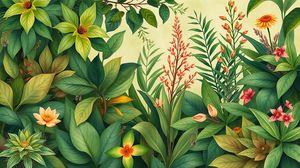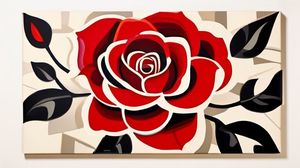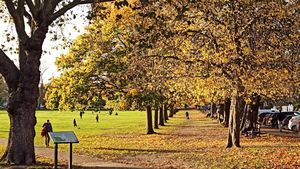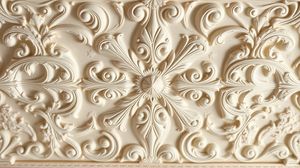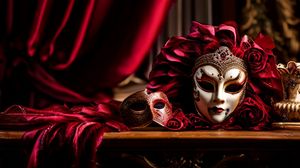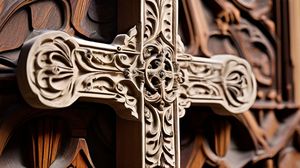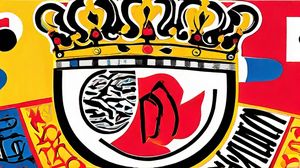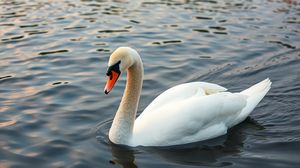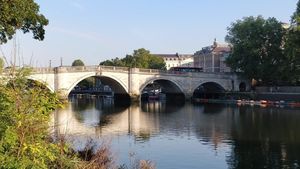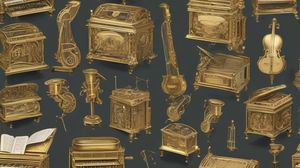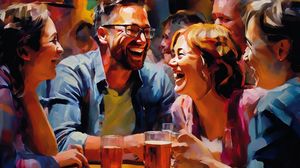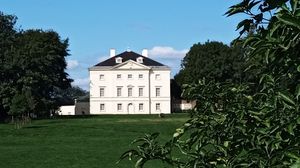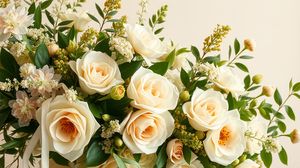
Syon House, located in Syon Park, Brentford, is a true gem of early 16th-century architecture and one of the last great houses of London, still standing in its original location. The house is the London residence of the Duke of Northumberland, showcasing an impressive display of history and grandeur.
The house itself has undergone several transformations since its inception. Initially built on the site of a medieval abbey, Syon House was transformed by renowned architect Robert Adam in the 1760s, embodying the neoclassical style that was en vogue at the time.
One of the more remarkable features of Syon House is the magnificent Great Hall, adorned with intricately designed plasterwork and a central glass dome that floods the room with natural light. This area often leaves visitors in awe, showcasing the superb craftsmanship of the 18th century.
Interestingly, Syon House has a fascinating connection to royalty. In 1547, it briefly served as a resting place for the body of King Henry VIII, before his final journey to Windsor for burial. This intriguing historical tidbit gives visitors a sense of its significant place in English history.
The Great Conservatory, a striking structure in the park's grounds, was completed in 1827 and is one of the earliest monumental conservatories constructed from metal and glass. Its pioneering design had a significant influence on future architectural projects, including the famous Crystal Palace.
Syon House and its 200-acre parkland offer a serene escape from the hustle and bustle of city life, with beautiful gardens that reveal a different charm each season. The parkland and house host an array of events throughout the year, making it a living part of the community as well as a historical landmark.

Making the Most of Your Visit:
First off, make sure to spend some time in the Great Conservatory—it's not just a quick photo stop. It's an incredible space that's rich in history. Take a moment to imagine it filled with exotic plants and gatherings from the 19th century. And because it's so airy and grand, it's also a fantastic spot for some relaxation amidst the stunning ironwork and glass.
When exploring the interiors of Syon House, pay special attention to the Robert Adam rooms, especially the Red Drawing Room and the Long Gallery. Adam's work is all about elegance and symmetry, and these spaces are perfect examples. If you're into architecture or interior design, you'll appreciate the details all the more.
Take a leisurely stroll through the gardens and parkland—don't just stick to the paths near the house. There's plenty of hidden beauty, like the ornamental lake and the arboretum. Each season offers something different, so it's worth visiting at different times of the year to see how the landscape changes.
If you're into photography, bring your camera and some patience. The architecture and gardens provide lots of opportunities for capturing stunning shots, especially during early morning or late afternoon light. Don't rush—there are some unique perspectives to be found if you take the time.
Lastly, pop into the Garden Centre after your visit. It's a bit of a bonus attraction and has a lovely café. Even if you're not planning to buy plants or garden accessories, it's a nice space to unwind with a coffee and reflect on your visit to the house and grounds.

Visiting Times & Costs:
Syon House, located in Syon Park, is open to the public at specific times of the year. Typically, the house is open from March to October, although it's recommended to check for exact dates as they can vary annually. Any specific events or private bookings may affect availability.
The entrance fee for Syon House and Gardens usually involves a charge. Visitors can purchase tickets for the house and gardens or opt for garden-only access at a reduced rate. Admission prices often have concessions for seniors, students, and families, and children under a certain age may enter for free. These rates are subject to change, so it's advisable to verify current pricing prior to visiting.
Regarding accessibility, Syon House endeavors to be as accessible as possible. While there is wheelchair access, some areas, particularly within the house due to its historic nature, might present challenges. The gardens are generally more easily navigated, although assistance may be needed in some areas. Visitors requiring additional assistance are encouraged to contact the venue in advance for specific guidance.
Please note that the information regarding opening times, ticket prices, and accessibility may change, and it is recommended to check with the venue directly before planning your visit.

Address & Map:

Nearby:
